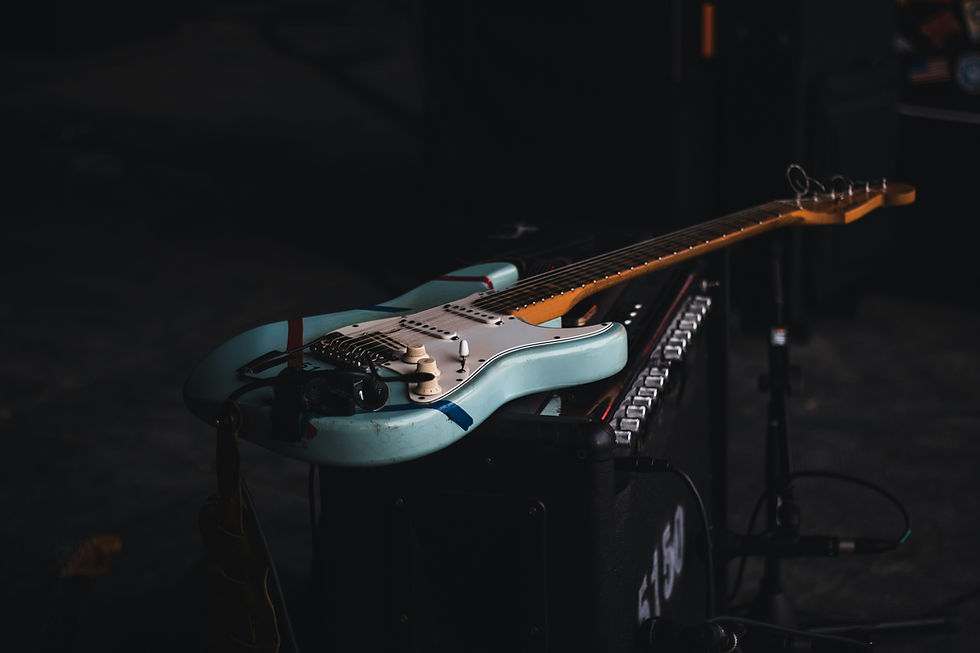Direct Learning
- Michelle Monette

- May 29, 2023
- 3 min read

“The easiest way to learn directly is to simply spend a lot of time doing the thing you want to become good at.” - Scott Young
One of our main goals when building a musical life is to get the most out of our time. There are many strategies we can use to accomplish this, like setting up strong routines and eliminating distractions. Another important factor to consider is whether we’re working on the right material in the most effective way for the specific goals we want to reach.
In his book Ultralearning, Scott Young explains the importance of “directness” in learning. This is: “...the idea of learning being tied closely to the situation or context you want to use it in.” There are many routes you can take to educate yourself, but many of them are indirect. For example, learning to produce music by watching videos instead of writing songs; or wanting to perform with a band but only ever practicing scales by yourself in the safety and comfort of your practice room. Reading a book, using an app, or going through a course also won’t make you a better musician or artist. Instead, you need to actually do the work required to build up your skills and reach proficiency.
Part of the problem is that doing the real work is challenging, which is why we often default to methods that feel easier and more comfortable in the moment. As Scott explains: “...directly learning the thing we want feels too uncomfortable, boring, or frustrating, so we settle for some book, lecture, or app, hoping it will eventually make us better at the real thing.” But this method of learning will fail to translate into the real world. Ultimately, if you want to be a songwriter, write songs. If you want to perform live, play shows. If you want to be a world class virtuoso on your instrument, make sure you’re learning and working on what you need to get there—not just doing the easiest and most immediately accessible thing.
A great way to have this direct experience is by completing a project. Activities like producing an album, or building, practicing, and performing a live set will mean you’re “guaranteed to at least learn how to produce that thing.” By seeing a project through to the end, you can rest assured you’ll close the knowing-doing gap by turning surface-level knowledge into true understanding and concrete ability.
By engaging in direct learning you’ll also be better equipped to choose and design exercises and drills for your practice routine. Scott recommends using the “Direct-Then-Drill Approach.”' First, you will practice your desired skill in a situation that resembles—as much as possible—the actual context you’ll use it in. Next, you can break it down into smaller pieces and find or create drills to work on—focusing on what is holding you back, as well as on the parts that are challenging because they occur when many other things are happening at the same time. Finally, you integrate what you’ve learned back into direct practice to see whether your drills worked. This method will keep you from wasting time on exercises that are unhelpful or unnecessary.
Although resources and tools like videos and courses can be helpful at various points along your musical journey, it’s essential to understand: “...the principle of directness asserts that it’s actually while doing the thing you want to get good at when much of learning takes place.” By prioritizing directness we can be sure learning always happens “with a connection to the context in which the skills learned will eventually be used.” Though challenging in the present moment, this will save us valuable time and energy in the long run.







Comments